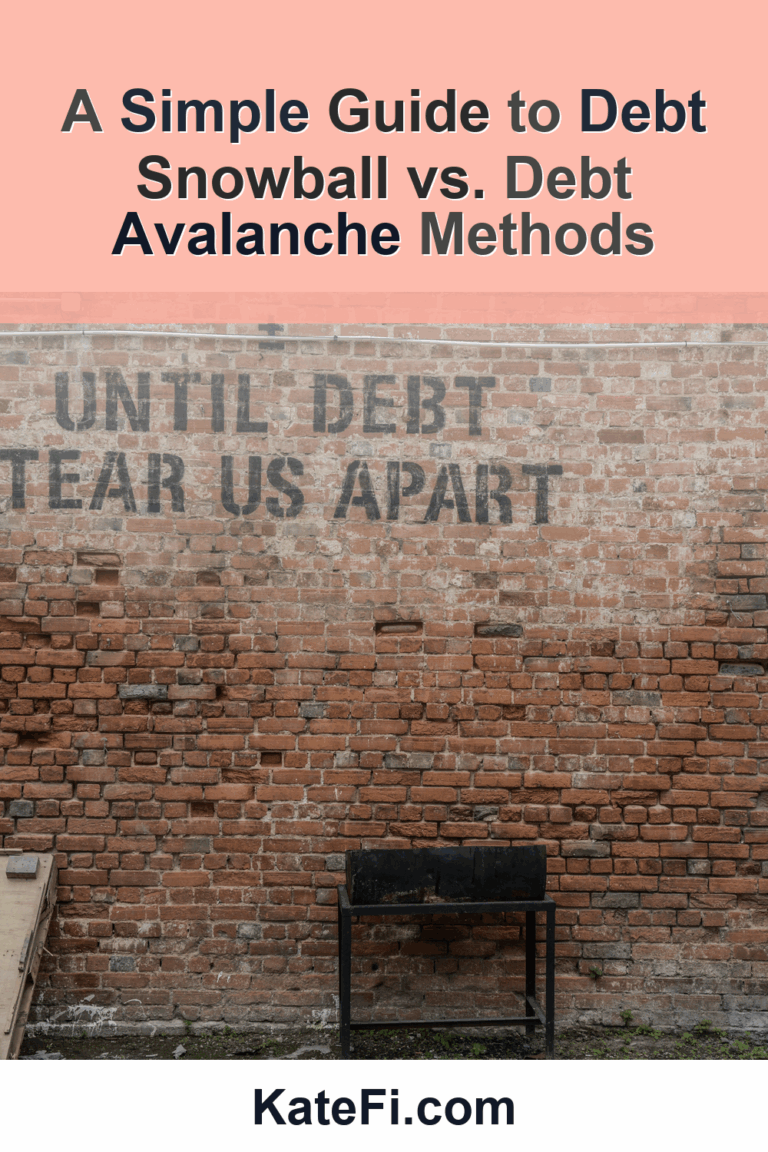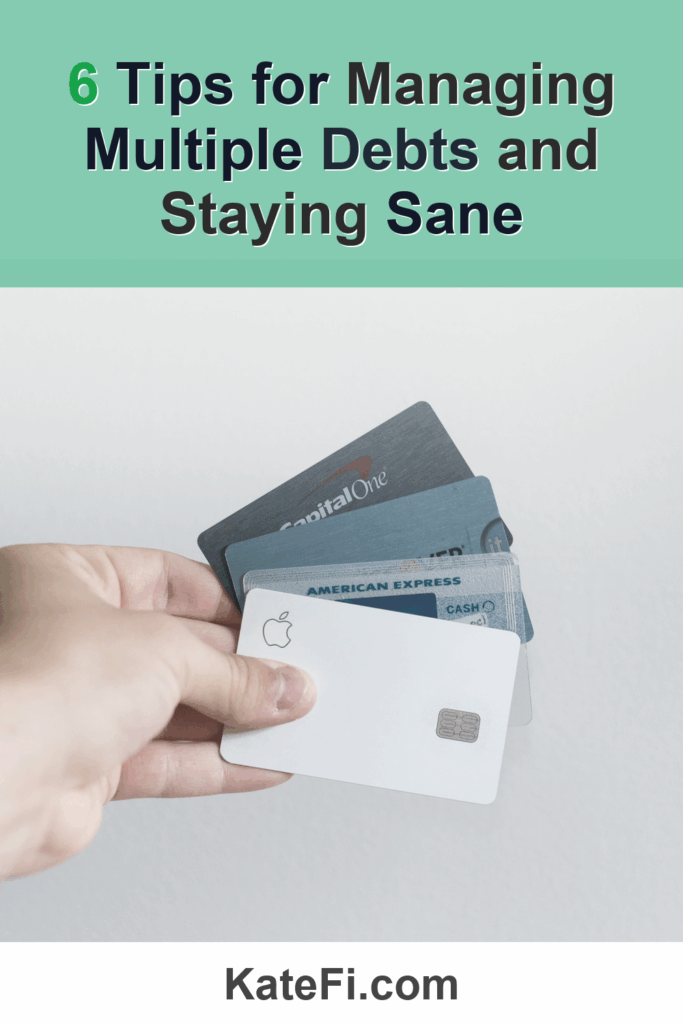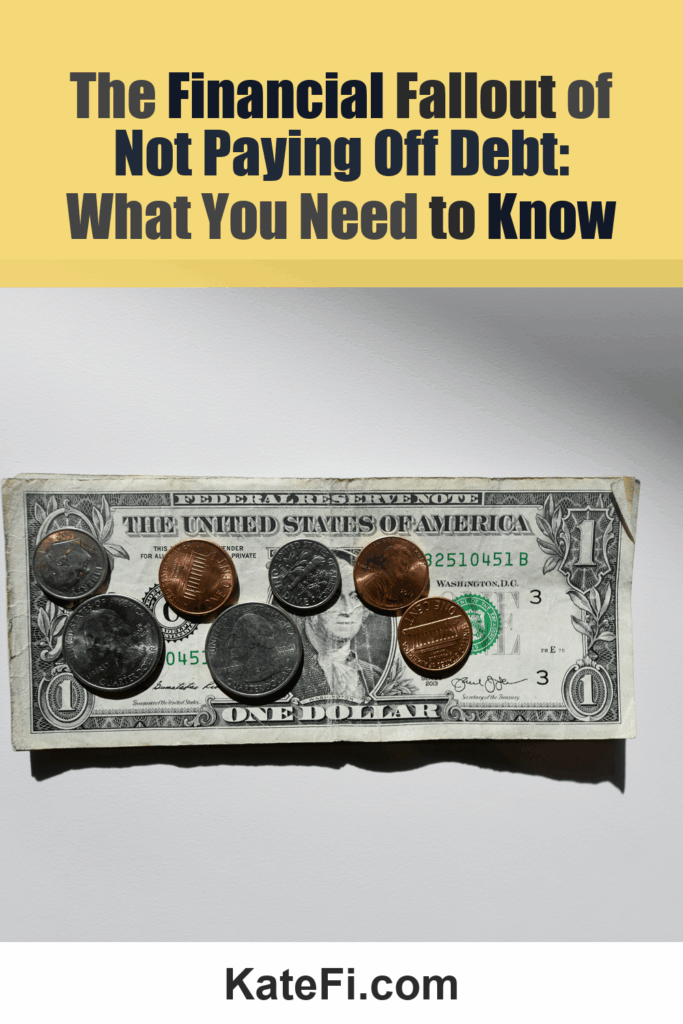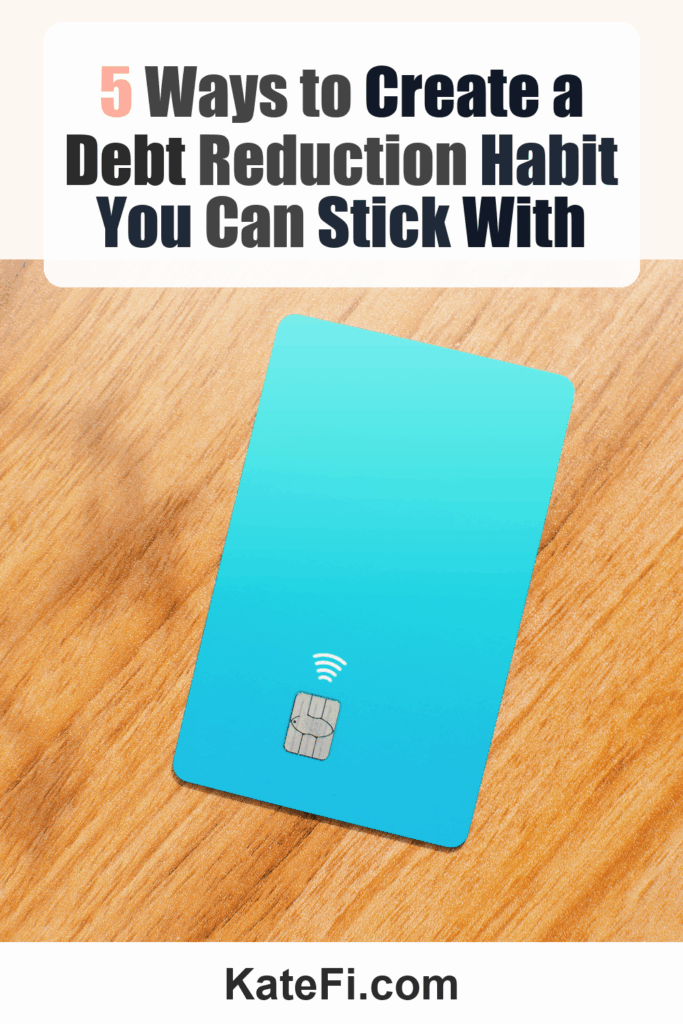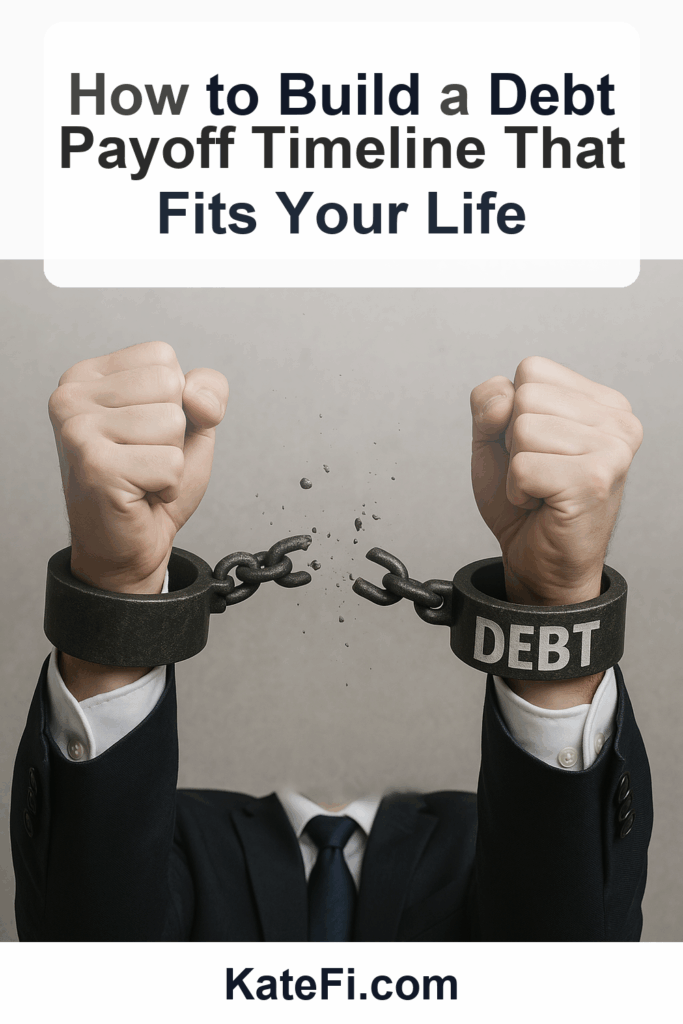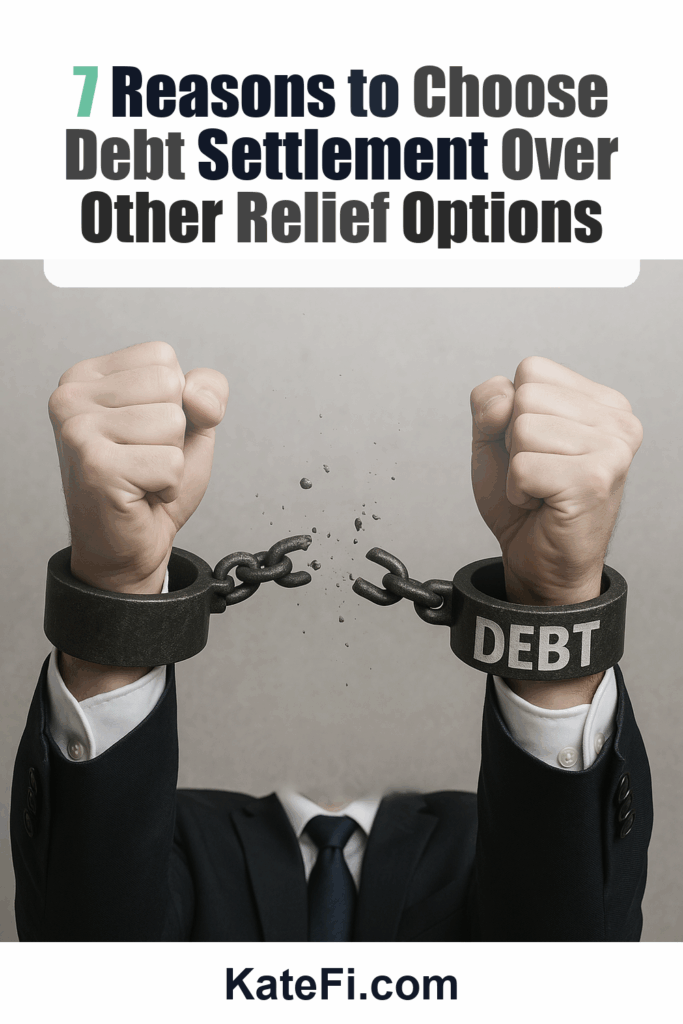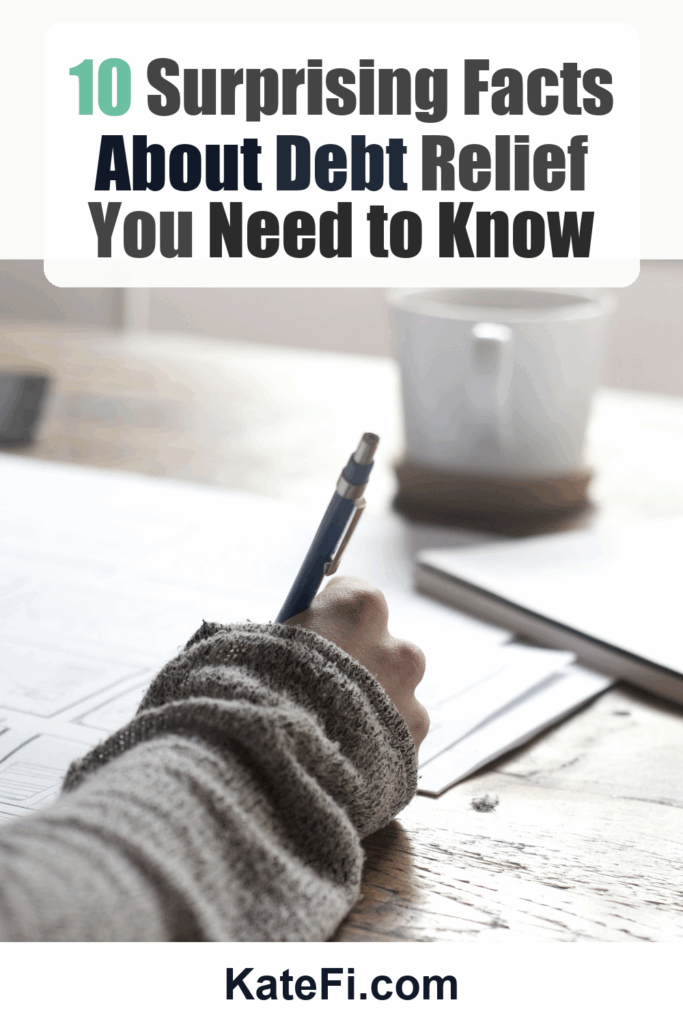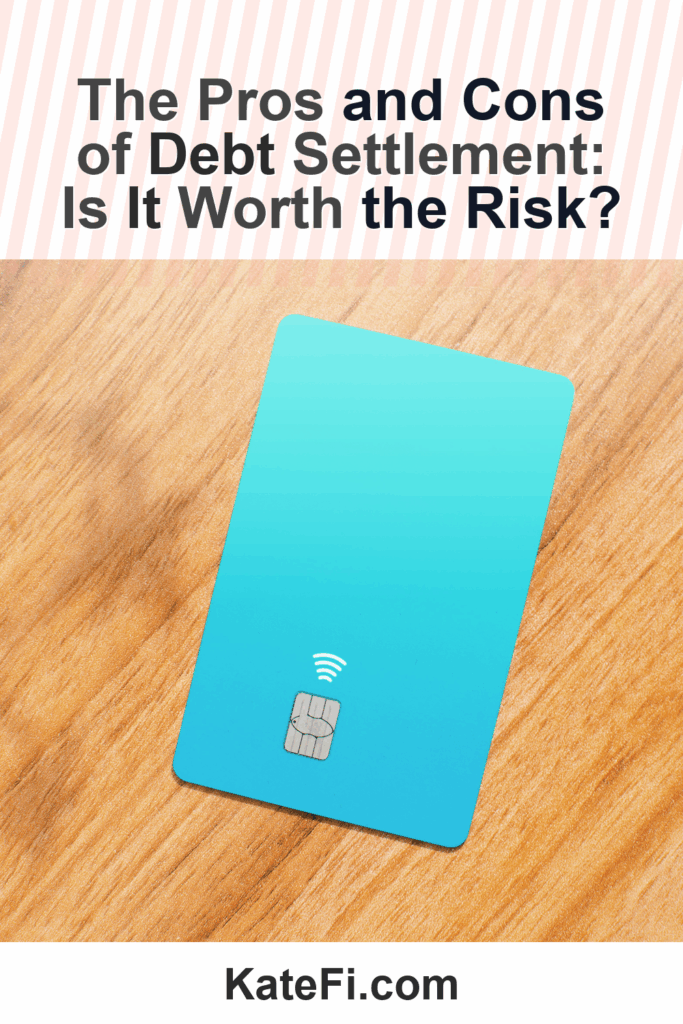Love our content? Show your support by following us — pretty please!🥺
FOLLOW ON PINTEREST
Hi! I’m Kate, the face behind KateFi.com—a blog all about making life easier and more affordable.
👉 Start Your Free Debt Relief Review
Not available in IL, KS, OR, TN, UT, WV.
A Simple Guide to Debt Snowball vs. Debt Avalanche Methods
When it comes to tackling debt, two of the most popular strategies are the Debt Snowball and Debt Avalanche methods. Each approach has its own merits and can be a vital tool in regaining control over your finances. In this blog post, we will explore both methods through a relatable case study, discuss the lessons learned, and help you ask the right questions when considering debt relief options, especially to avoid scams.
The Story of Anna: A Journey from Debt to Financial Freedom
Meet Anna. A few years ago, Anna found herself in a difficult financial situation. With credit card debt mounting from impulsive purchases, student loans lingering from her college days, and an unexpected medical bill adding to her stress, she felt overwhelmed. Desperate for a way out, Anna discovered the Debt Snowball and Debt Avalanche methods.
Initially, Anna was attracted to the Debt Snowball method. She was motivated by the idea of knocking out smaller debts first, gaining momentum as she celebrated each win. But after a free consultation with a debt counselor through KateFi, she learned about the Debt Avalanche method, which focuses on paying off debts with the highest interest rates first.
In the end, Anna decided to combine both strategies, adapting her plan based on her circumstances. Here’s what she discovered during her journey:
Understanding the Debt Snowball Method
The Debt Snowball method encourages borrowers to pay off their debts in order of the smallest balance first, regardless of the interest rates. Here’s how it works:
- List your debts from smallest to largest.
- Make minimum payments on all debts except for the smallest one.
- Put any extra money toward the smallest debt until it’s paid off.
- Celebrate the win! Then, move to the next smallest debt and repeat.
#### Pros of the Debt Snowball Method
- Quick Wins: Paying off smaller debts quickly boosts motivation.
- Emotional Satisfaction: Celebrating small victories can help maintain momentum.
- Simplifies Focus: With one debt at a time, it’s easier to stay organized.
The Avalanche Approach: Pay Off Debt Efficiently
The Debt Avalanche method flips the script. Instead of focusing on the size of the debts, you prioritize paying off debts with the highest interest rates first. Here’s how you can implement this method:
- List your debts from highest to lowest interest rate.
- Make minimum payments on all debts except for the one with the highest interest.
- Allocate any extra funds to the highest-interest debt until it’s paid off.
- Move on to the next highest interest debt.
#### Pros of the Debt Avalanche Method
- Cost Efficiency: By focusing on high-interest debts, you’ll pay less in interest over time.
- Faster Payoff: This method often results in a quicker overall payoff timeline.
- Better Financial Sense: It helps you reduce the total cost of borrowing.
Anna’s Lessons Learned
Anna’s experience with both methods offered valuable lessons. While she initially favored the emotional satisfaction of the Debt Snowball, she found that the mathematical efficiency of the Debt Avalanche could not be ignored. After seeking guidance, she created a hybrid plan that addressed her immediate emotional needs while also targeting high-interest debts.
#### Emotional vs. Financial Impact
Anna learned the importance of balancing emotion and logic when tackling debt. While the Debt Snowball provided psychological boosts, the Debt Avalanche ultimately saved her money. In her case, a blend of both methods proved effective.
Common Pitfalls in Debt Relief: How to Avoid Scams
As Anna began to navigate her financial journey, she was confronted with various debt relief offers that seemed too good to be true. It’s crucial to remain vigilant and informed to avoid falling into scams.
#### Signs of Debt Relief Scams
- Upfront Fees: Legitimate companies usually do not charge fees before providing services.
- Guaranteed Results: Be wary of any company promising specific results or timelines.
- Lack of Transparency: A credible company should willingly provide details about their services, including fees and terms.
What to Ask a Debt Counselor
If you’re feeling overwhelmed by your debt, consider reaching out for professional help. Here are some essential questions to guide your conversation with a debt counselor:
- What options do you offer for debt relief?
- What are the potential impacts on my credit score?
- What fees should I expect?
- How will you handle my existing creditors?
For a thorough review of your options, consider getting a free consultation to gain valuable insights into your financial situation.
✅ See If You Qualify for Debt Relief
Comparing Debt Snowball and Debt Avalanche
To give you a clearer picture, here’s a simple comparison table of the two methods:
| Feature | Debt Snowball | Debt Avalanche |
|---|---|---|
| Focus | Smallest debt first | Highest interest rate first |
| Psychological Impact | High motivation through quick wins | May be less emotionally satisfying |
| Long-term Cost | Potentially higher due to interest | Generally lower total cost |
| Speed of Payoff | Slower in high-interest cases | Often faster overall |
Documents to Gather for Faster Review
To expedite the review process when speaking to a counselor, consider gathering the following documents:
- Income Statements: Recent pay stubs, tax returns, or bank statements.
- Debt Information: A list of all debts, including balances and interest rates.
- Monthly Expenses: A breakdown of regular expenses to assess your budget.
- Credit Report: Having your credit report on hand can help in discussions about your credit status.
Impact on Your Credit Score
When dealing with debt, it’s crucial to understand how your choices will impact your credit score. Both the Debt Snowball and Debt Avalanche methods will require you to make strategic payment decisions. Missing payments can have a negative effect on your score, while consistent payments will help improve your standing over time.
Conclusion: Take Charge of Your Financial Future
Navigating the world of debt relief doesn’t have to be daunting. Whether you choose the Debt Snowball, the Debt Avalanche, or a combination of both, taking the first step is crucial. Anna’s story illustrates the importance of understanding your unique financial situation and how professional guidance can help steer you in the right direction.
Don’t let debt control your life any longer. If you’re feeling overwhelmed and unsure about your options, it’s a good time to reach out for professional assistance. Getting a free consultation can provide you with personalized insights to help you regain control over your finances.
✅ See If You Qualify for Debt Relief
Important: This content is for education only—not legal, tax, or financial advice. Results and eligible programs vary by situation and state. Fees apply if you enroll and complete a program. Debt relief can affect credit; missed payments may lead to collections/lawsuits. Not available in IL, KS, OR, TN, UT, WV.
In summary, whether you prefer the emotional satisfaction of the Debt Snowball or the efficiency of the Debt Avalanche, remember that seeking professional guidance is a step toward a brighter financial future.
What You’ll Learn on the Call
- Estimated timeline and monthly payment range
- How credit may be affected in the short term
- What documents to gather to move faster
Not available in IL, KS, OR, TN, UT, WV.
Understand pros/cons of settlement vs consolidation vs DMP for your exact mix of debts.
Not available in IL, KS, OR, TN, UT, WV.
Lower Your Unsecured Debt
If you have $5,000+ in credit card or personal loan debt, a free consult can review options like settlement or hardship plans.
- One-on-one call to review your debts and goals
- See potential monthly payment reductions
- No obligation to enroll
Not available in IL, KS, OR, TN, UT, WV.

